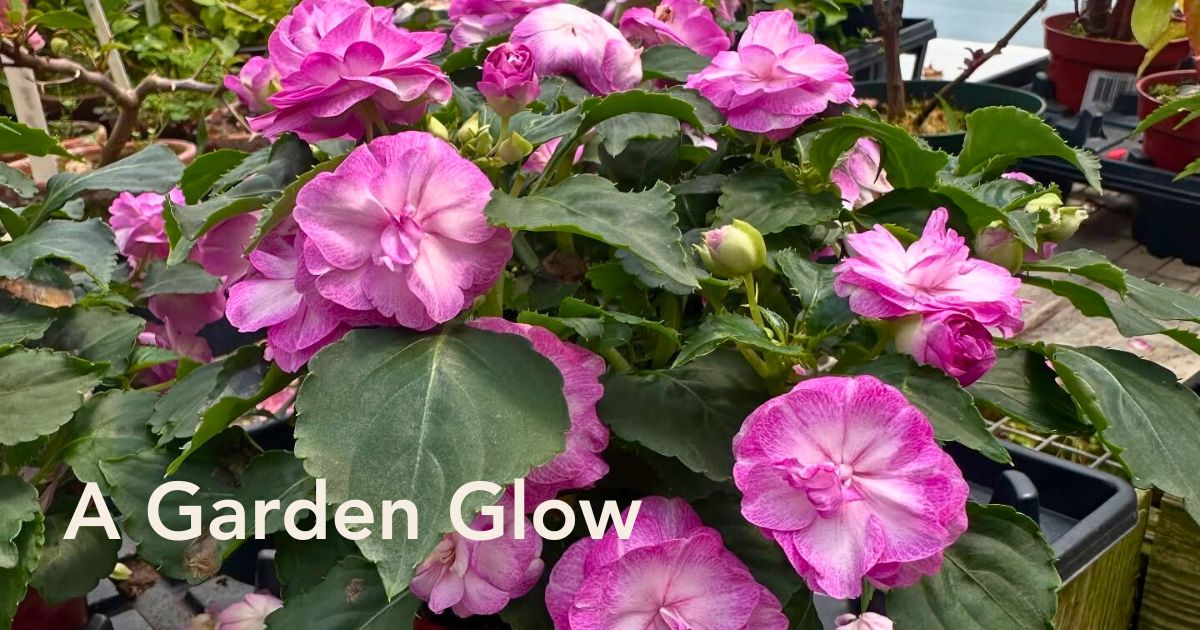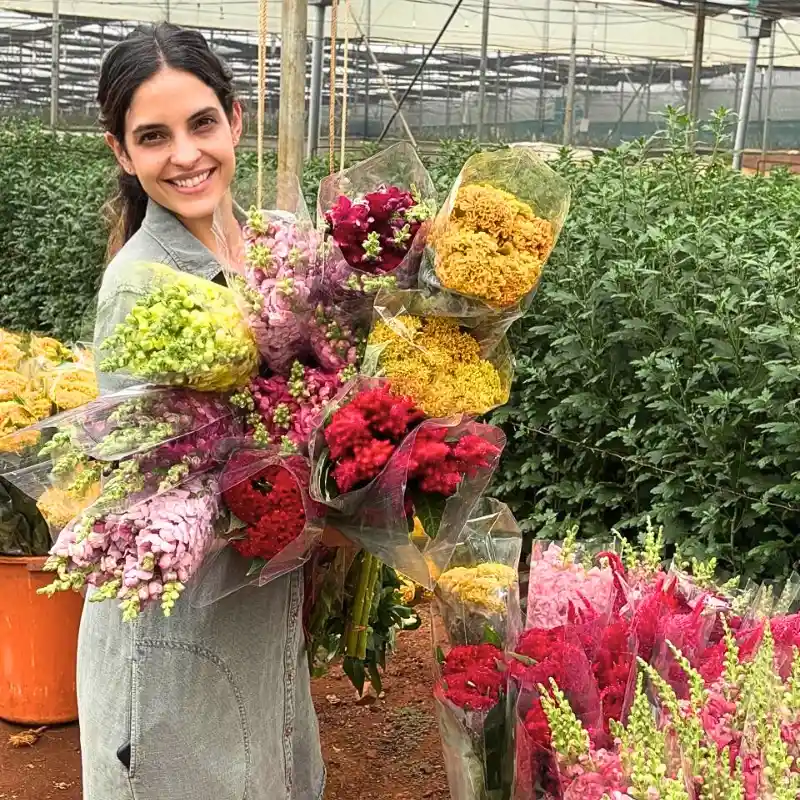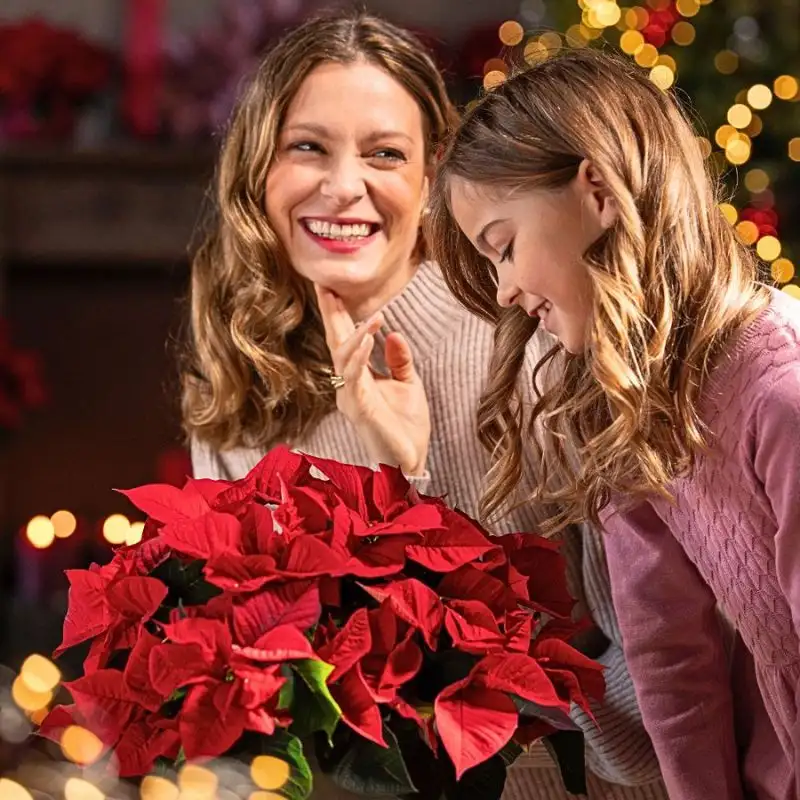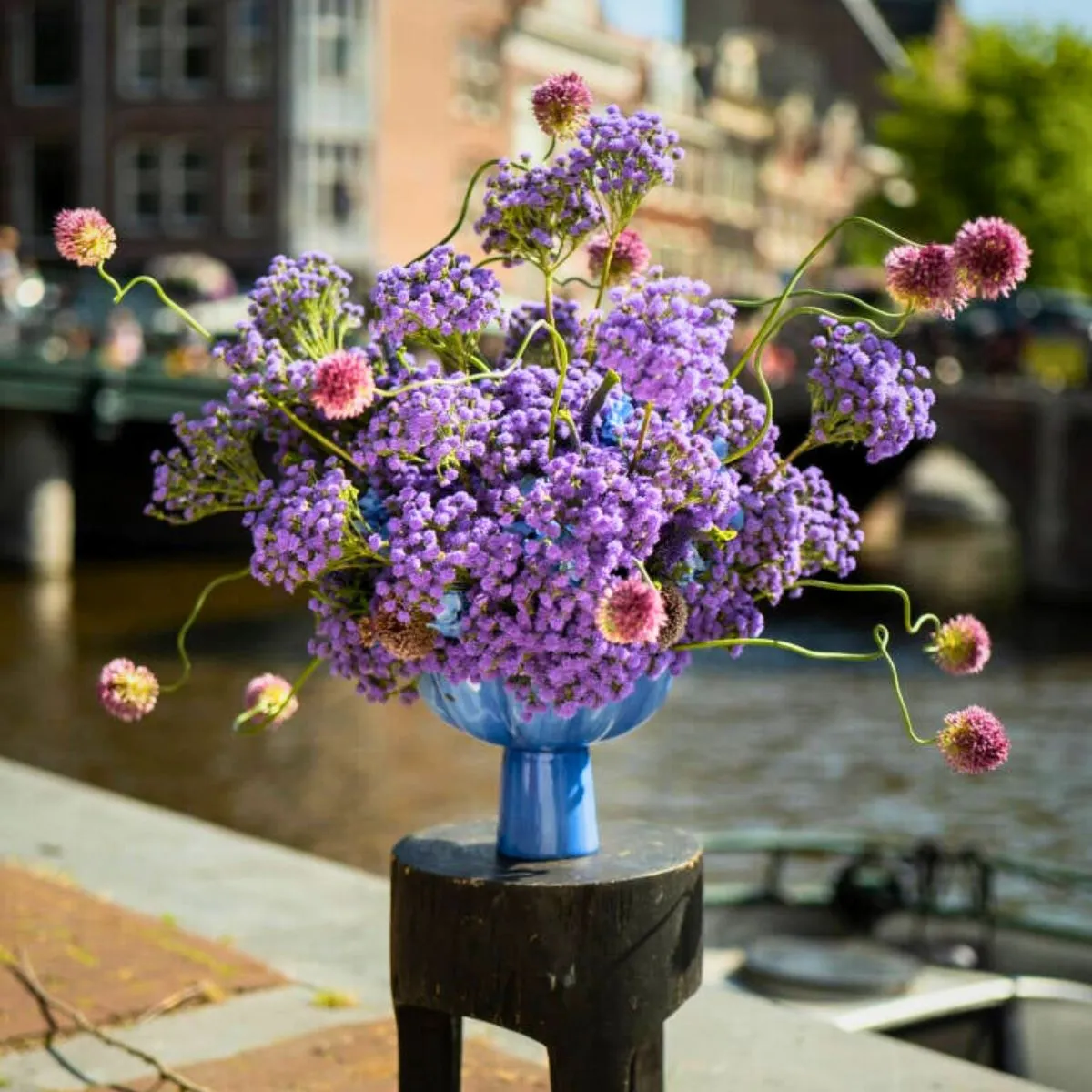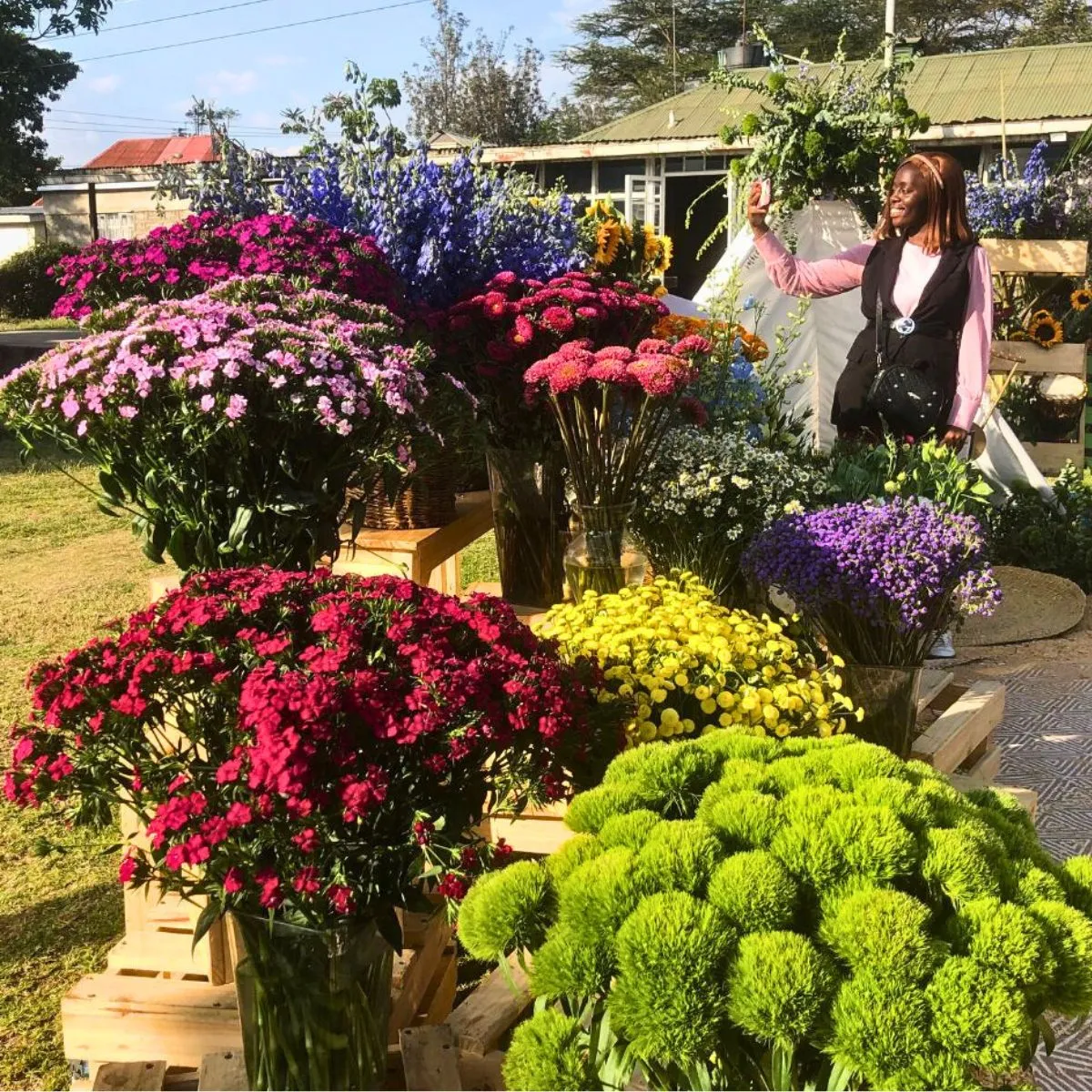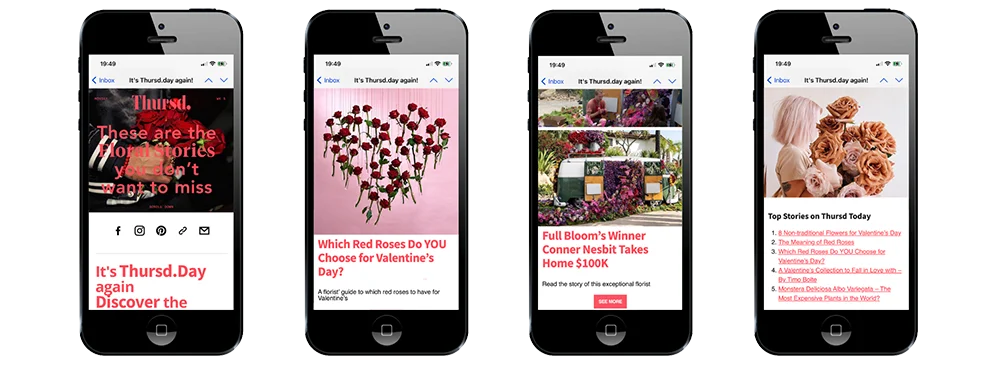Impatiens—often called Busy Lizzie, touch-me-not, or snapweed—are some of the most recognizable and versatile flowering plants for shaded gardens. Whether planted in borders, containers, or hanging baskets, Impatiens flowers bring vibrant color and lush growth to areas that receive little direct sunlight.
While typically treated as annuals in temperate zones, Impatiens can be perennial in tropical climates. This comprehensive guide covers everything you need to know about Impatiens characteristics, how to care for them, propagation methods, common issues, symbolism, and where to source top-quality varieties from trusted breeders.
What Is Impatiens?
Impatiens is a large genus of flowering plants native to tropical Africa and Asia. The name "Impatiens" comes from the Latin word for "impatient," referencing how their seed pods explosively burst when ripe. These plants have fleshy stems, soft leaves, and five-petaled flowers in a wide range of colors. In warm climates, many species behave as true perennial flowers and come back every year. In temperate regions, Impatiens is usually grown as an annual since it cannot withstand frost.
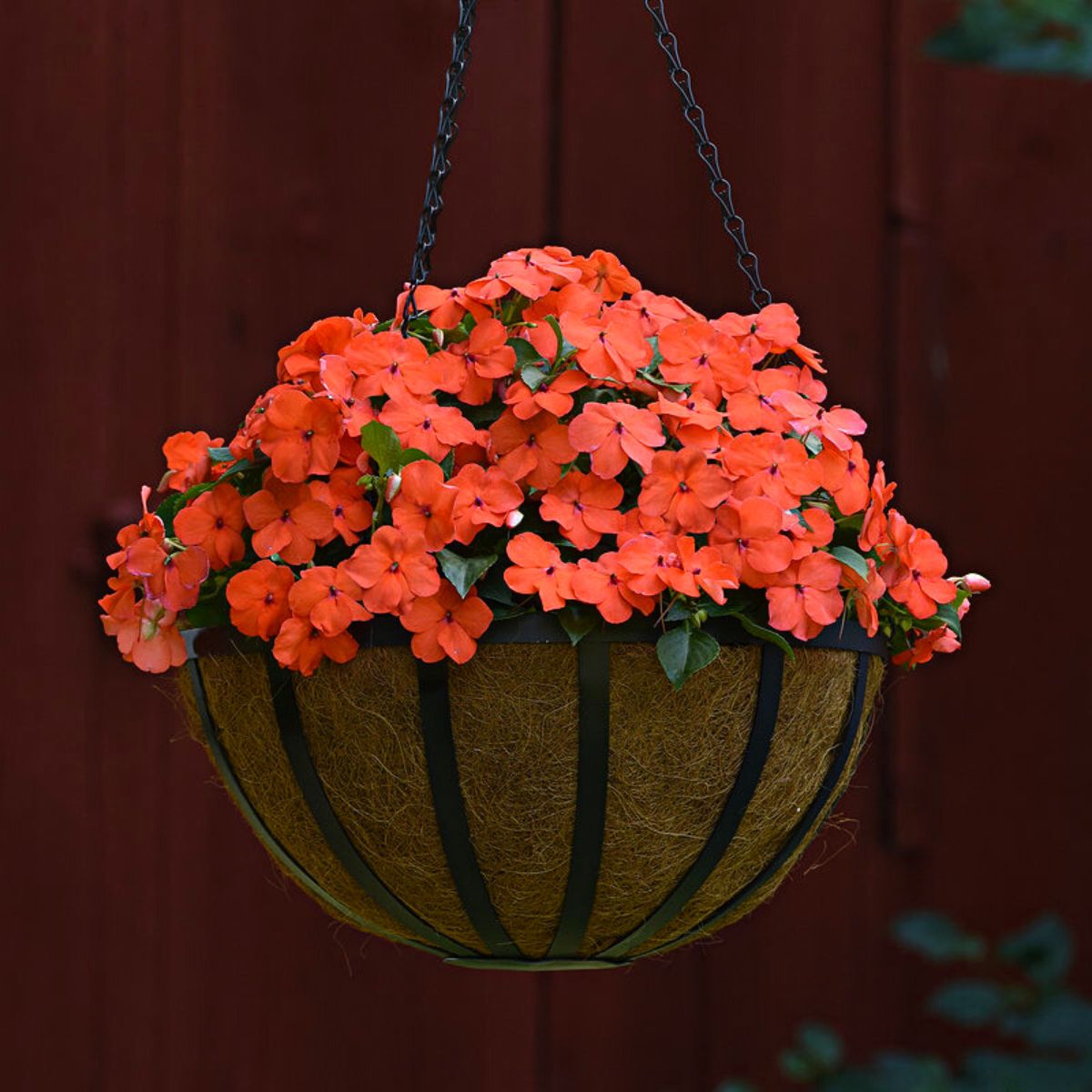
Impatiens walleriana and Impatiens hawkeri (New Guinea Impatiens) are the two most widely cultivated species. Their compact habit and long flowering season make them a staple in shaded gardens worldwide.
Impatiens Varieties and Their Characteristics
Impatiens walleriana
This is the most commonly grown species. Known for its dense mounding form and prolific flowering, Walleriana thrives in partial to full shade. It comes in solid and bicolored forms, with flowers in red, pink, white, purple, orange, and salmon. It’s typically grown as an annual in most climates.
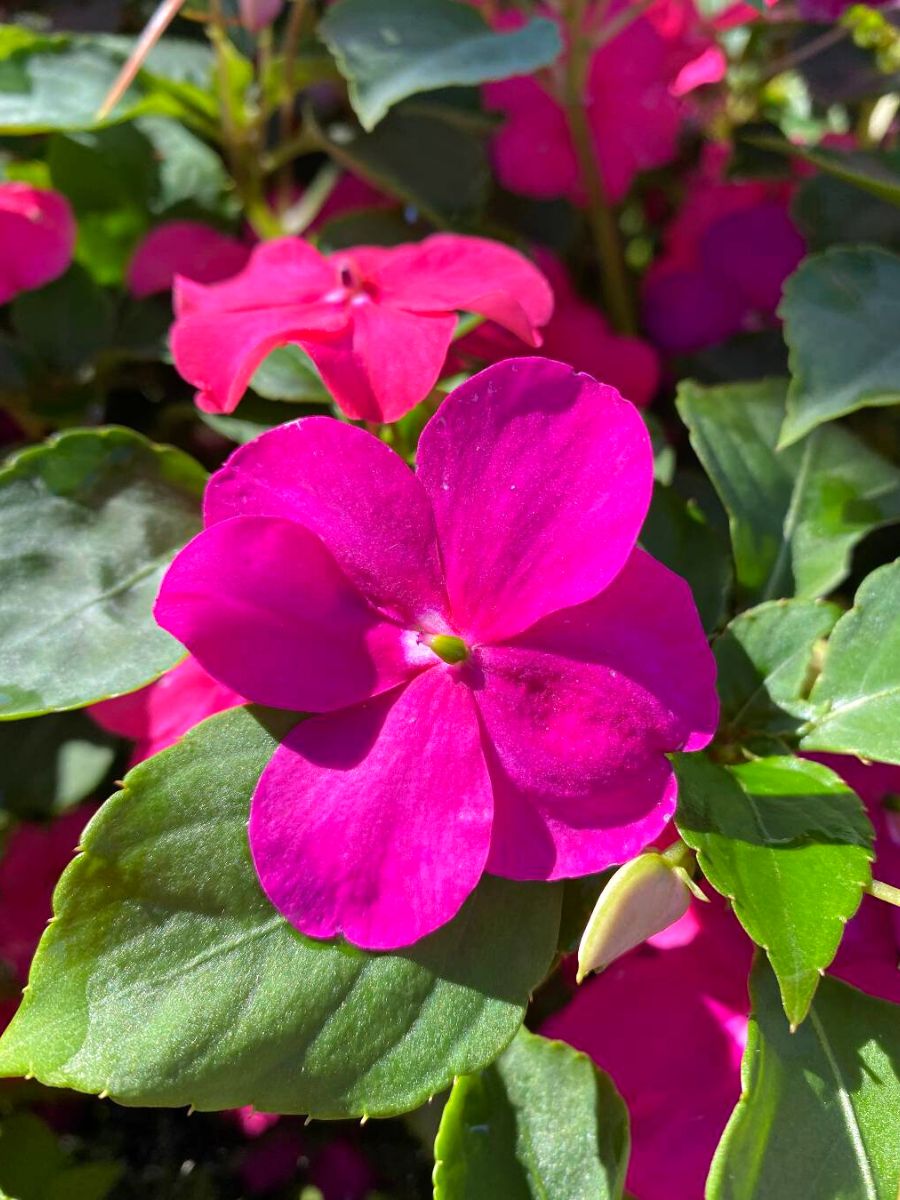
New Guinea Impatiens (Impatiens hawkeri)
New Guinea Impatiens are more sun-tolerant and have larger, more showy flowers. They also offer foliage in rich green or bronze tones. Gardeners often ask: Do New Guinea Impatiens come back every year? In frost-free regions, yes—they act as perennial flowers. In temperate climates, they are annuals unless overwintered indoors.
Impatiens balsamina
Also known as garden balsam or rose balsam, this upright-growing species produces rose-like double flowers. Balsamina is a fast-growing plant that makes a great summer annual and prefers slightly sunnier spots than Walleriana.

Impatiens capensis
Commonly called jewelweed, this North American native features orange, trumpet-shaped flowers and grows well in damp, woodland areas. It is often used for naturalized plantings and has ethnobotanical significance.
Perennial Impatiens Species
Some lesser-known Impatiens, like Impatiens repens and Impatiens tinctoria, are naturally perennial and valued for their trailing or upright growth and unique floral forms. These varieties are best suited for subtropical to tropical environments or greenhouses.
Are Impatiens Perennials or Annuals?
This is one of the most frequently asked questions. Are Impatiens perennials? The answer depends on your climate. In USDA zones 9–11 or any tropical, frost-free region, Impatiens flowers are perennial. They can live and bloom for multiple years, often self-seeding in the process. In cooler areas, however, even sunpatiens and New Guinea types are treated as annuals and replaced each growing season.
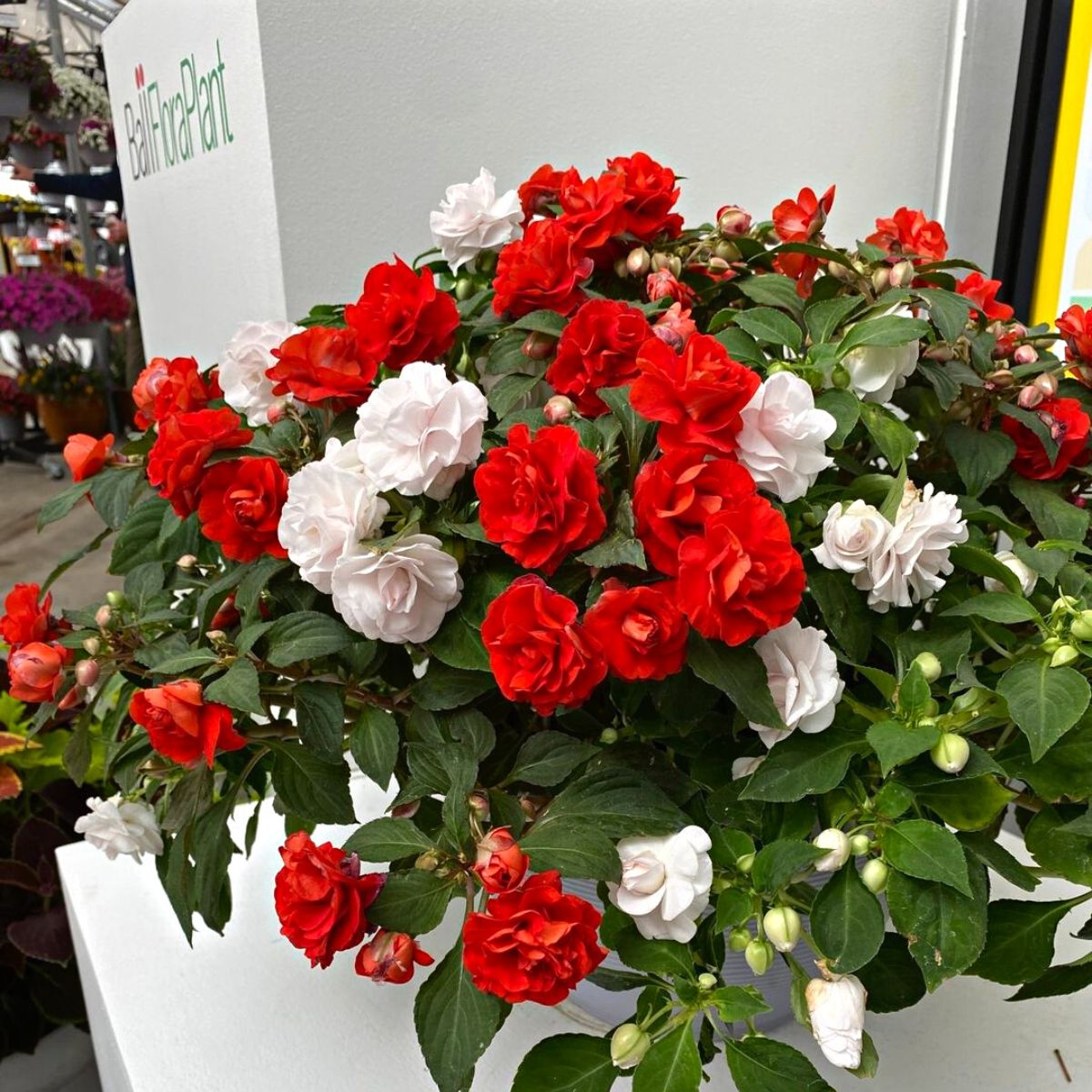
That said, some gardeners overwinter their plants indoors or take cuttings to preserve them. In those cases, even annual Impatiens can be brought back year after year.
Do Impatiens Need Sun?
Impatiens thrive in partial to full shade, making them ideal for areas where other plants may struggle. Traditional types, like walleriana, prefer filtered light and will burn in full sun. However, many breeders have developed sun-tolerant hybrids.
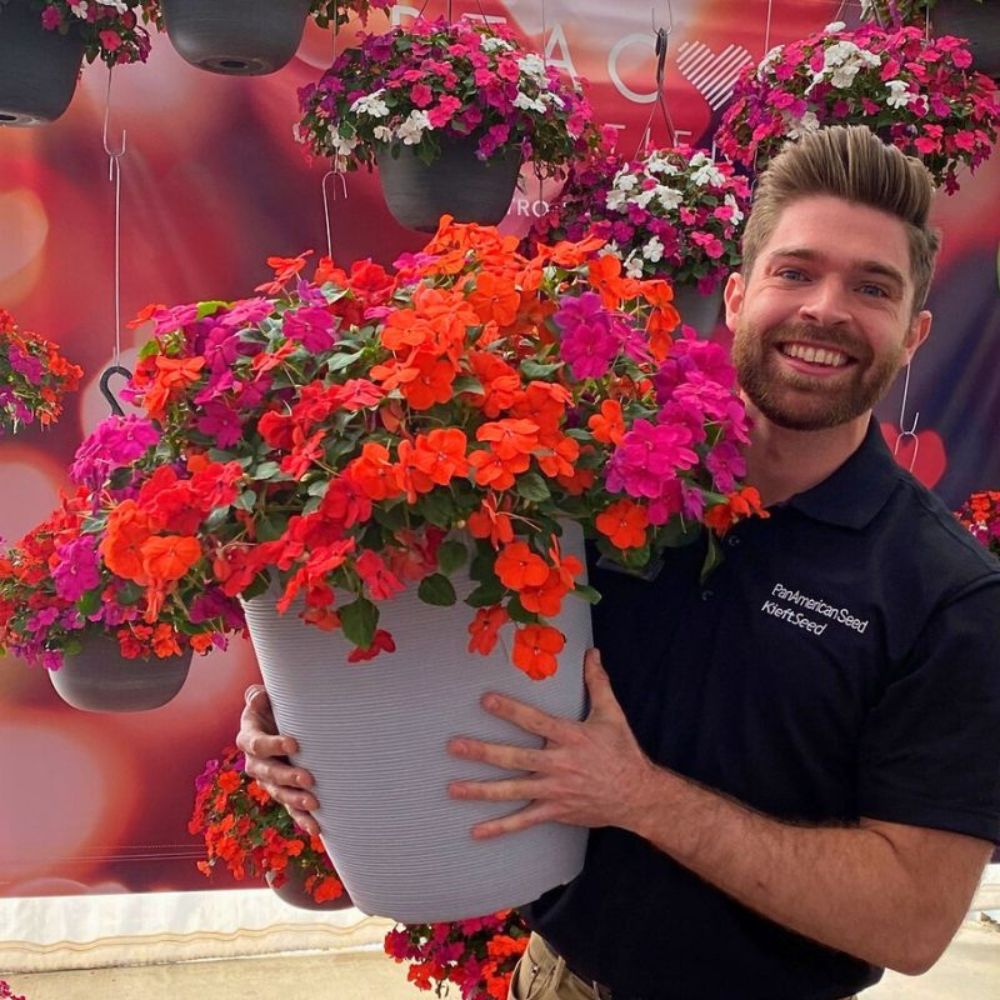
Fleuroselect, for example, has awarded its Gold Medal to sun-hardy varieties like 'Mega Orange Star' and the bicolor 'Starbright'. These cultivars perform reliably in part sun to full sun conditions, expanding where Impatiens can be planted.
How to Grow Impatiens from Seed or Cuttings
Starting from Seed
To grow Impatiens from seed, sow them indoors 8–10 weeks before your last frost date. Use seed-starting mix and press seeds gently into the soil surface—they need light to germinate. Keep the soil moist and maintain a temperature of 20-24°C (70–75°F). Seedlings typically emerge in 7–21 days.
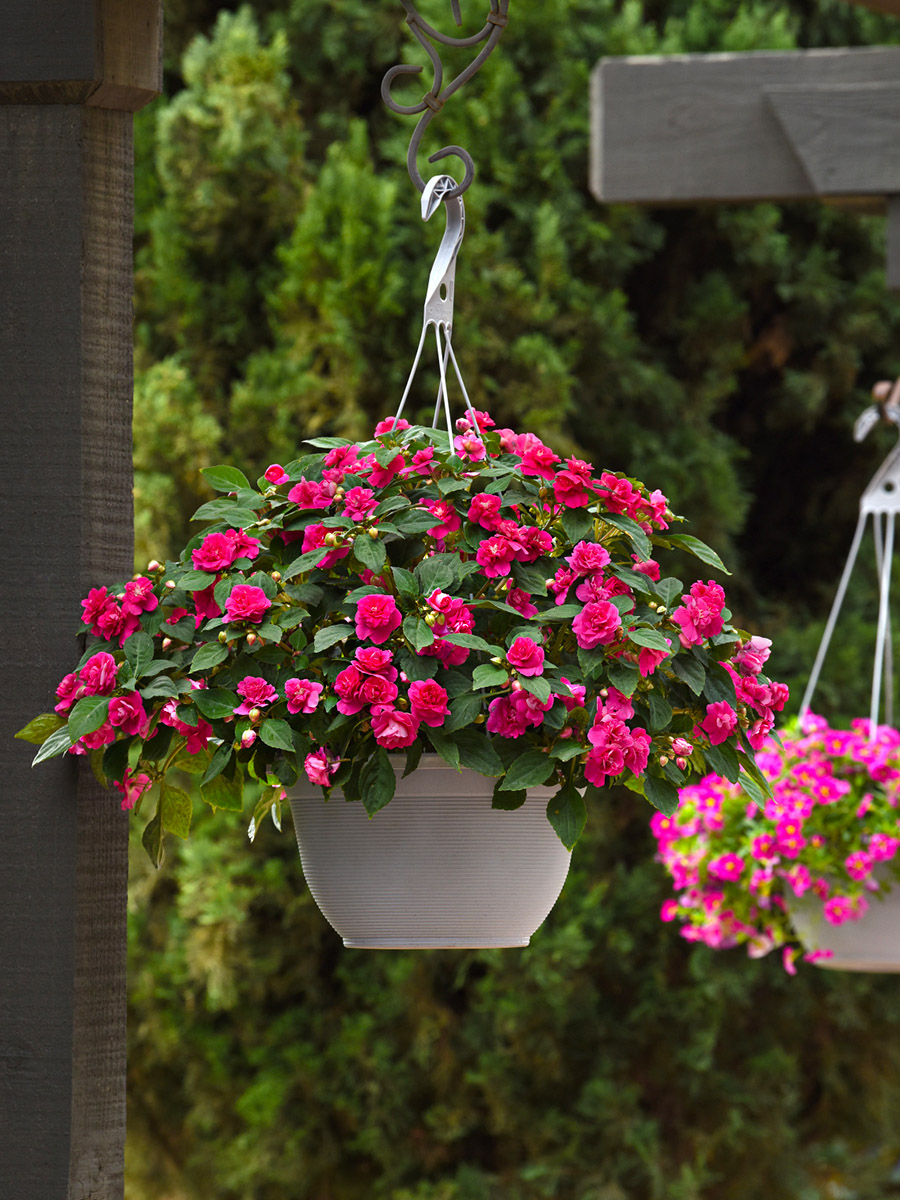
Once seedlings develop two sets of true leaves, transplant them into individual containers. After hardening off, they can be planted outdoors.
Propagating from Cuttings
Stem cuttings taken from healthy plants root quickly in water or moist soil. Cut below a leaf node and remove lower leaves. Place in indirect light and keep warm until roots develop. This method is especially useful for preserving unique varieties or overwintering Impatiens indoors.
Planting and Caring for Impatiens
Soil and Spacing
Impatiens thrive in rich, well-draining soil with organic matter. They prefer slightly acidic to neutral pH levels. When planting in beds, space them 20–30 cm apart to allow for airflow and reduce disease risk.
Water and Fertilizer
Keep soil consistently moist but not soggy. In hot climates, daily watering may be needed. Feed every two weeks with a balanced, water-soluble fertilizer to promote continuous blooms.

Light and Temperature
Most Impatiens do best in shade, though newer types can tolerate more light. Ideal temperatures range between 60–75°F. These plants are highly sensitive to frost, so avoid planting too early in spring.
Maintenance
Pinch back leggy stems and remove faded blooms to encourage bushy, floriferous growth. In containers, Impatiens may require more frequent watering and feeding.
Common Issues and Pests Associated With Impatiens
Downy mildew has been a major problem for Impatiens walleriana in recent years. Symptoms include yellowing leaves, stunted growth, and a fuzzy coating on the undersides of foliage. Fortunately, breeders like Syngenta have developed mildew-resistant varieties like 'Imara XDR'.

Other issues include root rot from overwatering and pests like aphids, thrips, and spider mites. Regular inspection and maintaining airflow can prevent most problems.
The Symbolism Behind the Blooming Impatiens Flowers
Immersed in deep cultural and emotional meanings, Impatiens flowers aren't just a delight for the eyes. They symbolize maternal affection, often representing the enduring and patient love of a mother. Like a mother who nurtures her children against all odds, Impatiens are resilient and tenacious, thriving in diverse conditions and adding beauty to their surroundings.
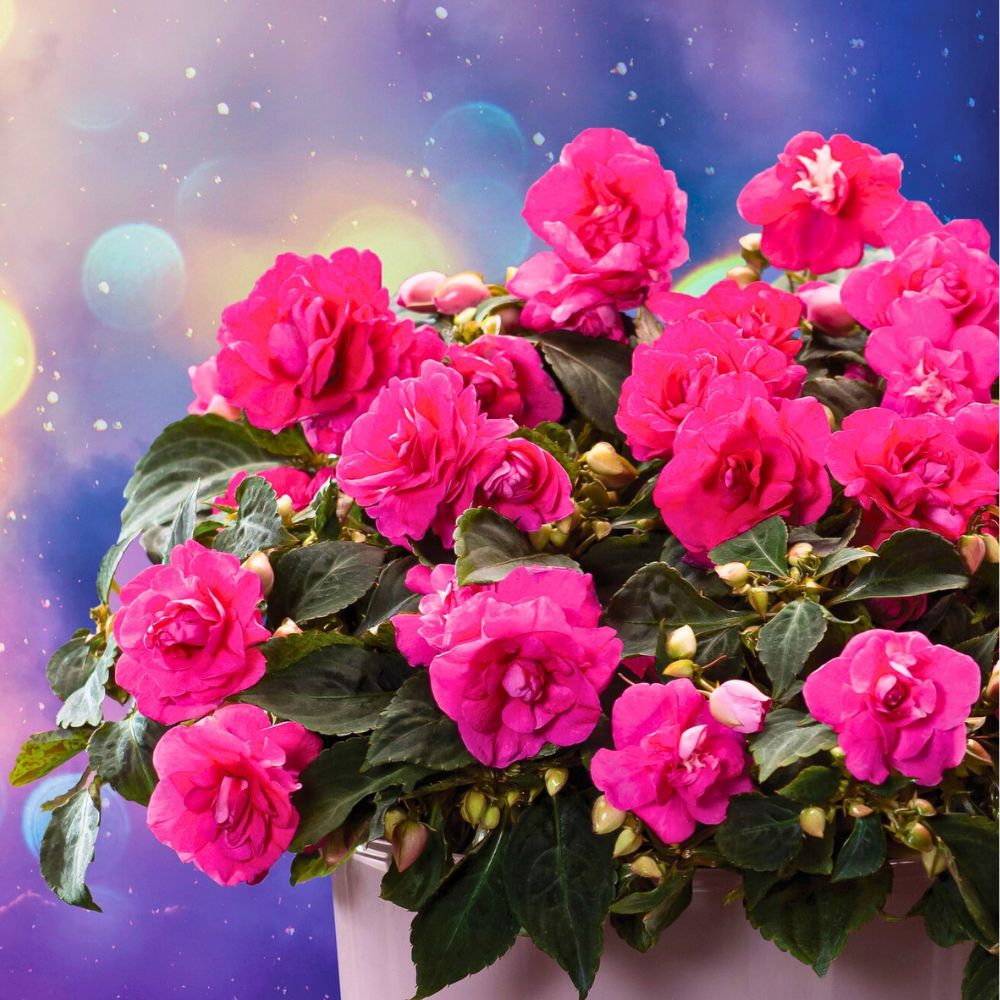
Their name, derived from the Latin for 'impatient', is a nod to the speed at which the seed pods burst, sowing their seeds. This is symbolic of the idea that good and beautiful things need time and patience to come to fruition. This is a gentle reminder in our fast-paced lives to slow down and savor the natural beauty around us.
Growing Tips by Season and Region
In temperate climates, plant Impatiens after the last frost and enjoy their flowers until fall. In tropical areas, they can be grown year-round. For continuous performance, consider staggered planting or using different varieties like walleriana for shade and New Guinea types for sun.
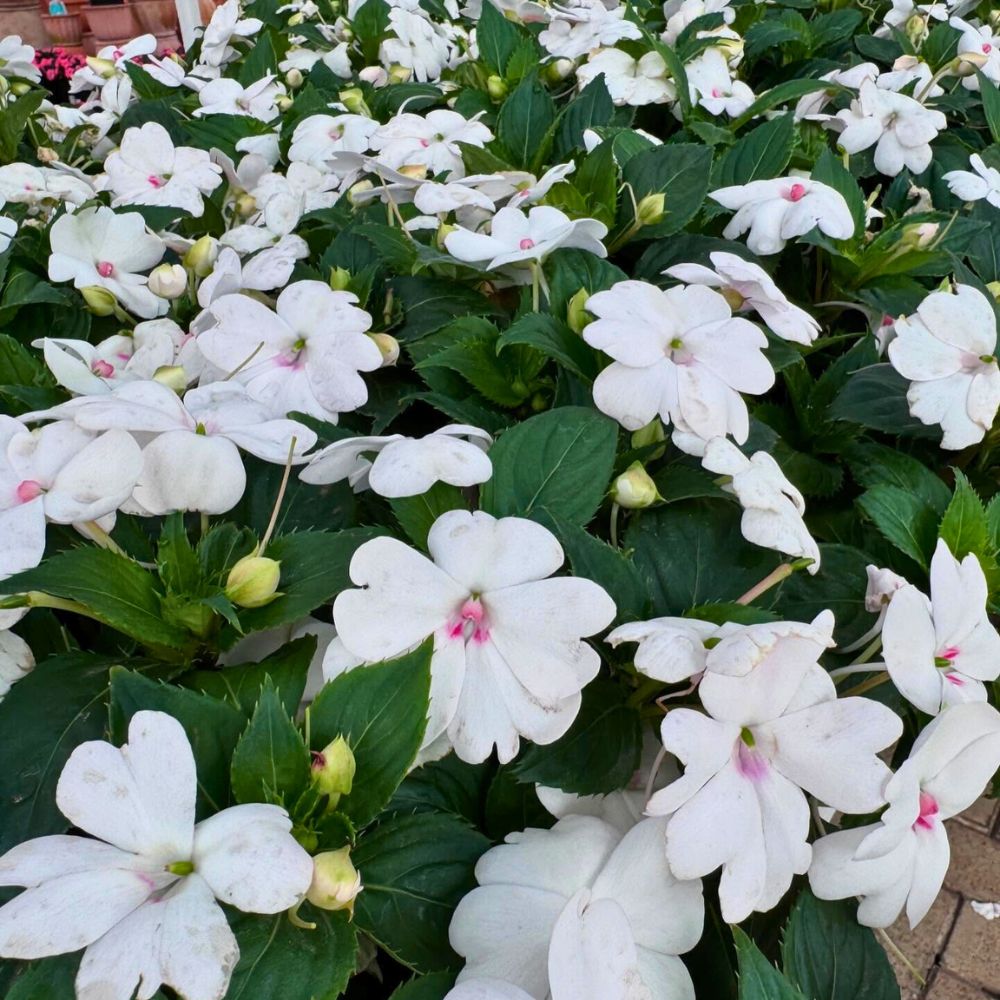
If you want your Impatiens to come back every year, take cuttings in late summer or bring pots indoors before winter. This extends their life and saves costs the following spring.
Where to Buy Impatiens and Trusted Breeders
You can buy Impatiens from local nurseries, online retailers, or seed catalogs. For the best quality, look for varieties bred by reputable organizations like:
Fleuroselect: An international organization that trials and awards innovative varieties. Their Impatiens like 'Starbright' and 'Mega Orange Star' are noted for weather resistance and bloom quality.
Syngenta Flowers: A global leader in breeding disease-resistant and high-performance ornamentals. Their 'Imara XDR', 'Accent Premium', and 'Xtreme' lines have become garden staples.
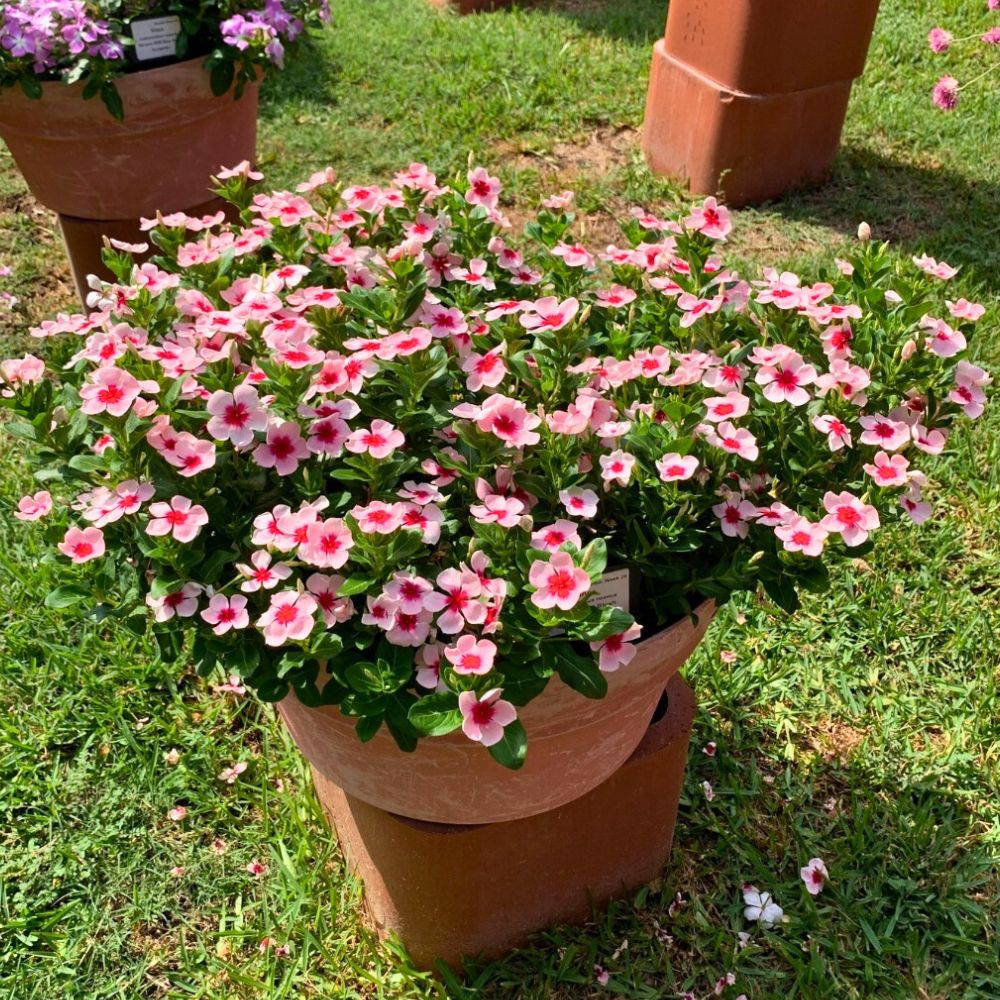
Ball SB: A well-established breeder in the global floriculture industry, Ball Seed is known for offering a wide variety of high-quality Impatiens. Their innovations are tailored toward performance and consumer satisfaction across different growing zones. Read more about their Glimmer Series to understand the kind of Impatiens offerings they have.
PanAmerican Seed: A division of Ball Horticultural Company, PanAmerican Seed introduced the Beacon® Impatiens series, which is specifically bred for high resistance to downy mildew while maintaining vibrant, season-long color. You can learn more about Beacon® Impatiens here.
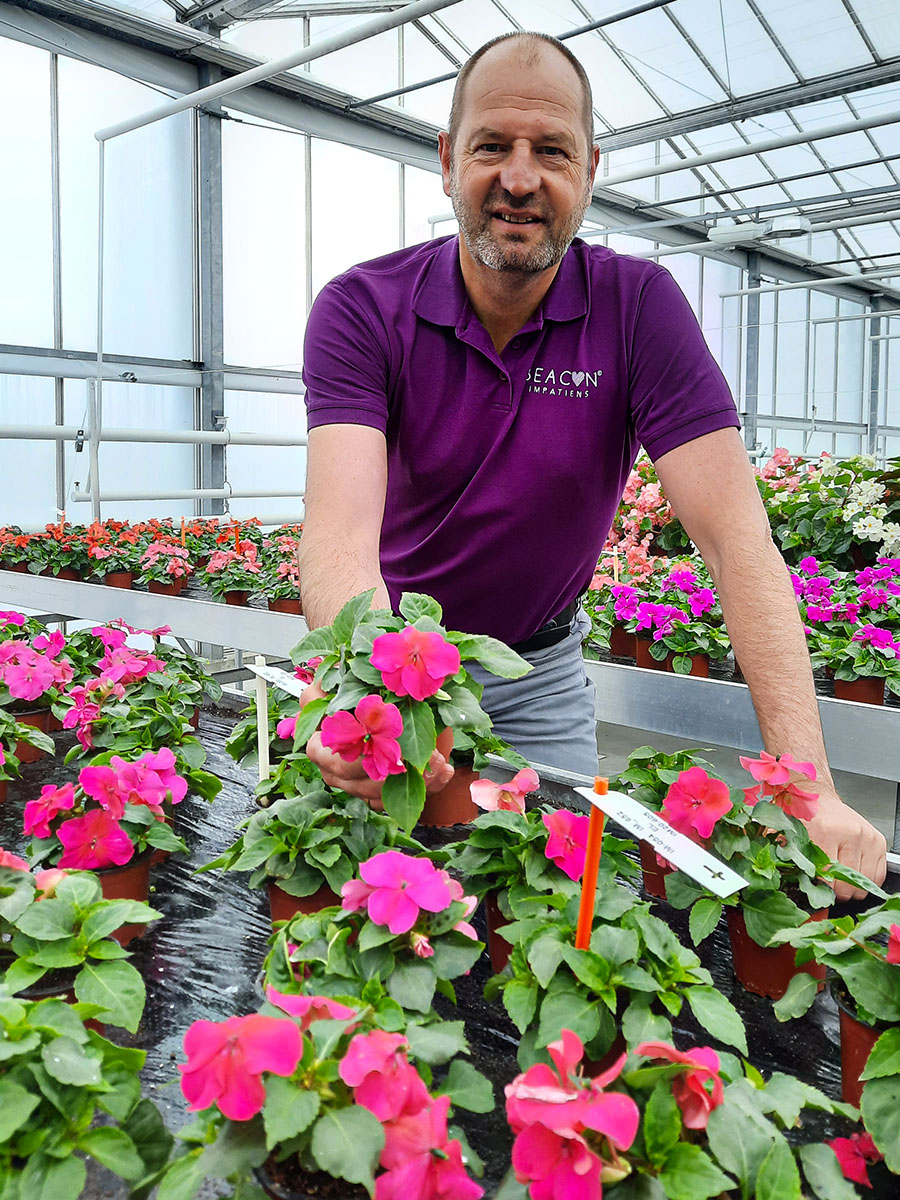
Whether you're growing them in pots on a shaded patio or filling a woodland border, Impatiens brings long-lasting color and cheer. Their ease of care, non-toxic nature, and shade tolerance make them perfect for beginner and seasoned gardeners alike.
Thanks to advances in breeding by Syngenta Flowers, Fleuroselect, Ball SB, and PanAmerican Seeds, Impatiens is more adaptable and resilient than ever. With the right care, even gardeners in cooler climates can enjoy their favorite Impatiens flowers year after year.
Header image by @Reminiscent Nursery Feature image by @Beacon Impatiens

